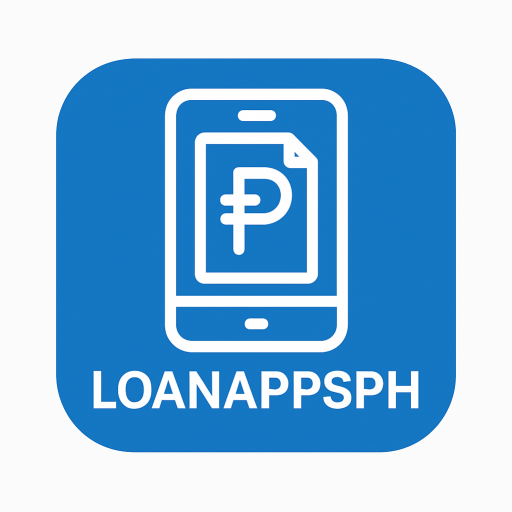Bank Information
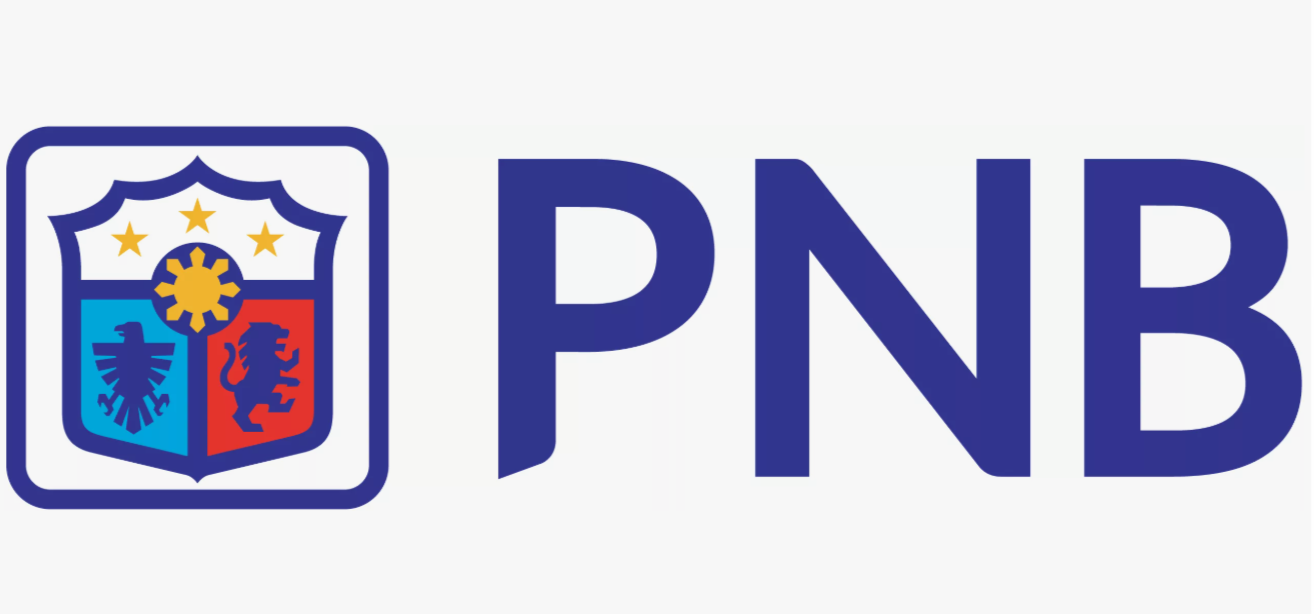
Trusted Loan Apps
Bank Details
🇵🇭 A Heritage Bank Serving Filipinos Since 1916
With over a century of service, Philippine National Bank (PNB) is one of the oldest and most iconic financial institutions in the country. Originally established to serve government transactions and overseas workers, PNB has grown into a full-service universal bank offering savings accounts, loans, credit cards, digital banking, and more.
PNB is a solid choice for individuals looking for trustworthy services, whether for day-to-day banking or long-term investments. While it’s more traditional in approach compared to digital-first banks like CIMB or Tonik, PNB provides a nationwide physical presence
combined with improving digital capabilities.
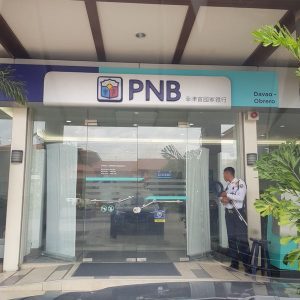
🏛️ About PNB: History and Structure
Full name: Philippine National Bank
Founded: July 22, 1916
License: Universal Bank (Licensed by the Bangko Sentral ng Pilipinas)
Ownership: Majority owned by LT Group, Inc., affiliated with Lucio Tan
Branches: Over 600 domestic branches
Overseas Offices: 70+ offices in North America, Europe, Asia, and the Middle East
ATMs: 1,500+
Digital platforms: PNB Digital App, PNB Internet Banking, PNB Web Remit
Originally a government bank, PNB was privatized in the late 1990s and now operates as a publicly listed commercial bank serving both local and global clients.
💳 Types of Deposit Accounts
PNB offers multiple options for both individual and business clients:
1. Savings Accounts
-
PNB Regular Savings — Passbook and ATM option, standard interest
-
PNB TAP Mastercard Savings — EMV-enabled debit card with online access
-
PNB OFW Savings Account — For remittance and global access
-
PNB MyFirst Savings — For students and minors
-
PNB Prime Savings — For high-income individuals seeking better returns
All savings accounts include:
-
Access to PNB Digital app
-
Free ATM withdrawals in the PNB network
-
Fund transfer options via InstaPay and PESONet
-
SMS/email alerts
2. Checking Accounts
-
PNB Regular Checking — Ideal for everyday use
-
PNB Premier Checking — With premium features and overdraft protection
-
Corporate Checking — Designed for businesses and high-transaction clients
Initial deposits range from ₱5,000 to ₱25,000, depending on the account.
3. Time Deposits and Investment Accounts
-
Peso and Dollar time deposits (30–360 days)
-
UITFs and mutual funds
-
Government bonds and fixed income products
-
PNB Trust Services for estate and wealth planning
These are suitable for clients interested in medium to long-term capital growth with managed risk.

💰 Loan Products from PNB
PNB offers a complete loan portfolio for different financial goals:
1. Personal Loans
-
Loan amount: ₱50,000 to ₱1 million
-
Term: 1 to 3 years
-
Interest rate: ~1.4%–1.5% monthly
-
Processing time: 5–7 business days
-
Collateral: None required
-
Requirements: Valid ID, proof of income, TIN, active PNB account
Ideal for: medical expenses, tuition, business capital, emergency needs
2. Auto Loans
-
Up to 80% financing
-
Brand-new or used vehicles
-
Term: 1 to 5 years
-
Partnered with major dealerships nationwide
-
Quick pre-approval for depositors
3. Housing Loans
PNB offers housing loans for:
-
Purchase of house and lot, condo, or raw land
-
Construction and renovation
-
Refinancing and equity loans
Terms up to 20 years, with flexible interest rates and adjustable amortization schedules.
4. Business Loans
-
SME Loan Programs
-
Working Capital Loans
-
Equipment Financing
-
Franchise Loans
-
Trade and Export Financing
-
Corporate Credit Lines
PNB’s business solutions are built to support both MSMEs and large enterprises, with a focus on stability and legacy.
5. Overseas Worker Loan Programs
One of PNB’s most unique strengths is its extensive global branch and remittance network, with special loan products and services for:
-
Seafarers
-
OFWs
-
Balikbayans
-
Permanent residents with Philippine ties
They also offer housing loans to OFWs even while working abroad, which can be processed via overseas PNB branches.
📱 PNB Mobile and Internet Banking
Though PNB has been traditionally seen as a legacy institution, its digital transformation has accelerated over the past few years, with new platforms aimed at convenience and 24/7 accessibility.
1. PNB Digital App
Available for both Android and iOS, the PNB Digital App allows users to:
-
View real-time account balances
-
Transfer funds via InstaPay and PESONet
-
Pay bills to hundreds of merchants
-
Manage credit card accounts
-
Lock/unlock cards instantly
-
Schedule future-dated payments
-
Receive e-statements
The app has biometric login, OTP verification, and supports QR PH for contactless payments.
2. PNB Internet Banking
The bank’s web-based platform at www.pnb.com.ph supports:
-
Secure fund transfers
-
Loan payment and monitoring
-
Investment account access
-
Bulk payroll uploading (for businesses)
-
Custom account nicknames
-
Customer support chat integration
The platform is reliable for personal and corporate use, although the interface is slightly more dated compared to banks like BPI or CIMB.
📝 How to Open a PNB Account
Requirements:
-
One (1) valid government-issued ID
-
Initial deposit: ₱3,000–₱10,000 depending on account type
-
TIN or proof of income (for credit-linked accounts)
-
Proof of billing (for certain products)
Opening Process:
-
Visit a PNB branch or start with pre-enrollment via pnb.com.ph
-
Choose account type: regular savings, OFW account, etc.
-
Submit documents and undergo customer identity verification
-
Fund your account
-
Register for PNB Digital or Internet Banking
Currently, online account opening is not fully digital, but initial steps can be done online for faster processing at the branch.
✅ Pros and Cons of PNB
✔️ Pros:
-
✅ One of the most stable and trusted banks in the Philippines
-
✅ Extensive overseas branch network
-
✅ Special services for OFWs and seafarers
-
✅ Strong remittance and forex capabilities
-
✅ Wide product range from basic savings to business and home loans
-
✅ Mobile app is secure and reliable
❌ Cons:
-
❌ No fully online account opening
-
❌ App UI is improving but still behind top digital banks
-
❌ Some branches still have manual systems
-
❌ Credit card variety is limited compared to competitors
🆚 PNB vs Other Major Banks
PNB vs LANDBANK
While both are legacy banks, PNB focuses more on global Filipinos and remittance, while LANDBANK targets agricultural lending and the public sector.
PNB vs BPI
BPI is better for urban, tech-savvy clients. PNB is ideal for Filipinos with overseas needs or those valuing legacy trust and wide physical access.
PNB vs CIMB
CIMB wins in digital speed and accessibility, but PNB wins in credibility and global infrastructure — especially if you’re an OFW or frequent traveler.
PNB vs Metrobank
Metrobank offers more advanced investment products and digital tools. PNB shines in overseas banking, OFW support, and simple, reliable banking for all ages.
❓ Frequently Asked Questions (FAQ)
1. Is PNB a legit and secure bank?
Yes, PNB is licensed by BSP, PDIC-insured, and over 100 years old — making it one of the most secure choices in the country.
2. Can I open a PNB account online?
Only pre-enrollment is online. Final activation is done at the branch.
3. Does PNB offer loans for OFWs?
Yes. OFWs can apply for housing and personal loans even while abroad via PNB’s global branch network.
4. Can I use PNB with GCash or Maya?
Yes. You can link your PNB account to GCash and Maya for top-ups and transfers.
5. What’s the best savings account at PNB?
The TAP Mastercard account is ideal for everyday use. MyFirst is good for students. Prime Savings offers higher interest for large deposits.
6. Does PNB offer credit cards?
Yes, but options are limited. You’ll need stable income and a PNB account for easier approval.
Popular Loan Providers

Credify 0%
Instant approval for new users
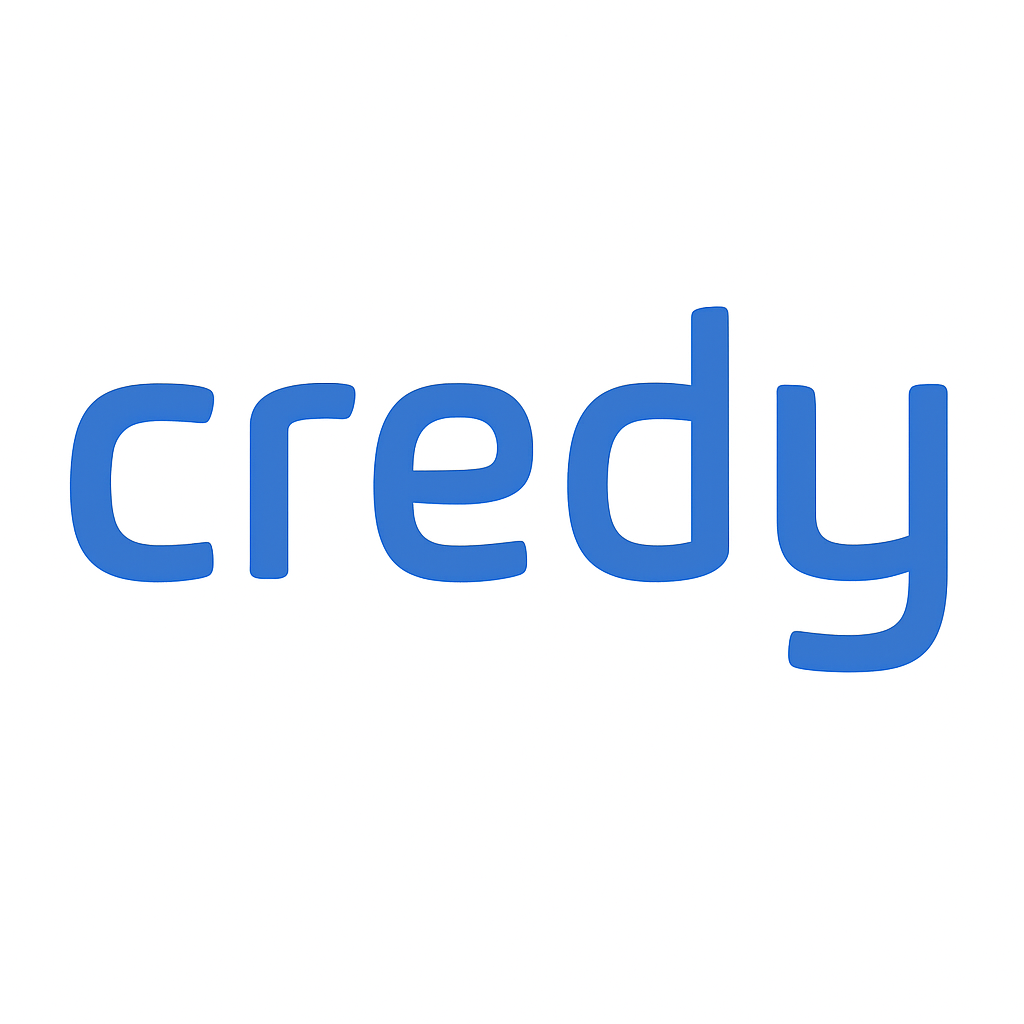
Credy Popular
Flexible personal loans online
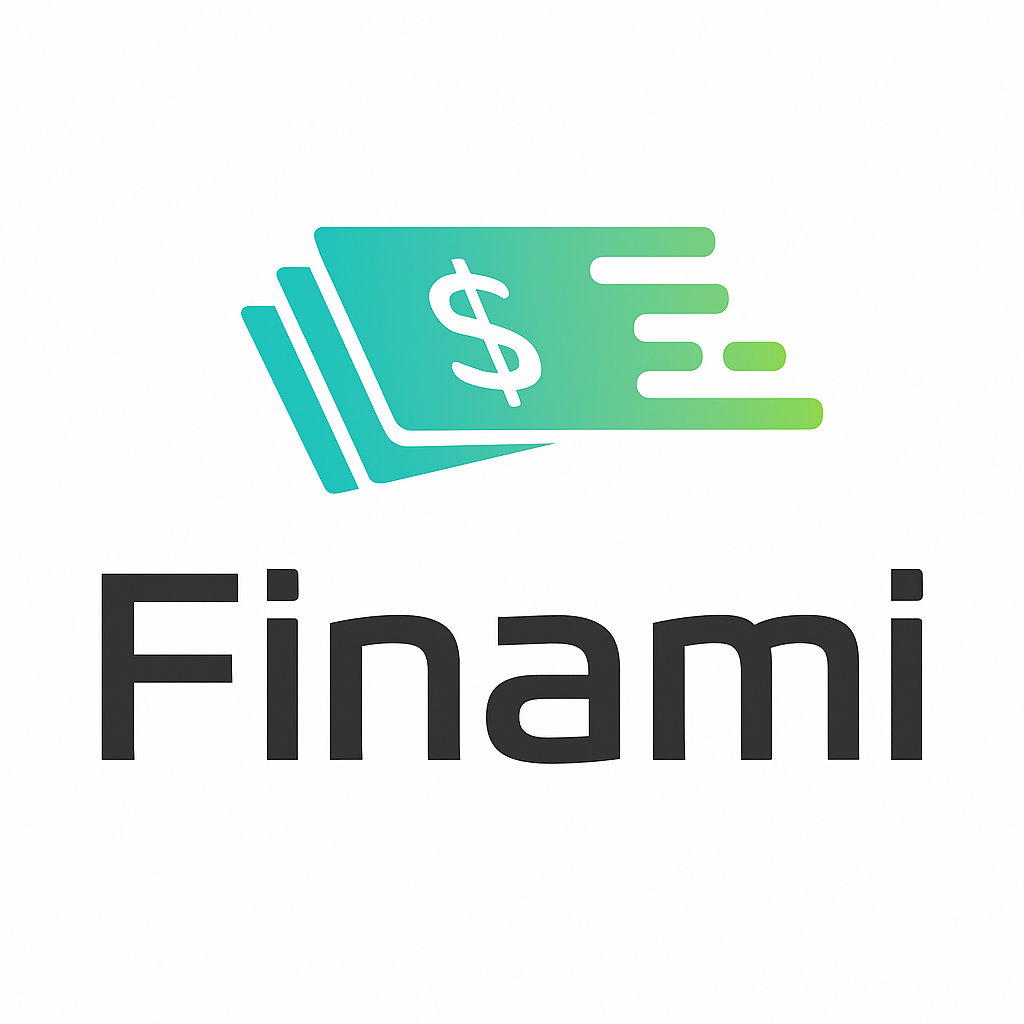
Finami
Cash loans for emergencies 24/7
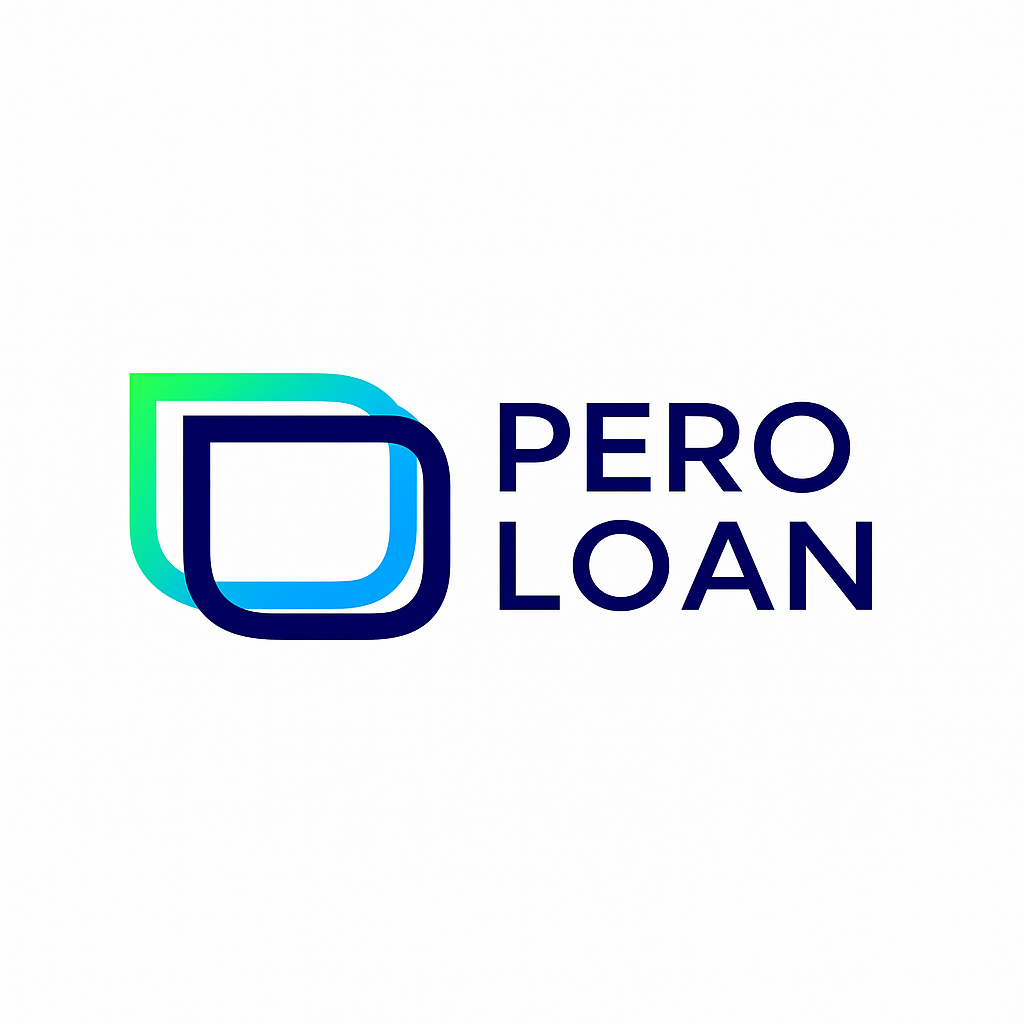
Peroloan
Quick loans with no paperwork
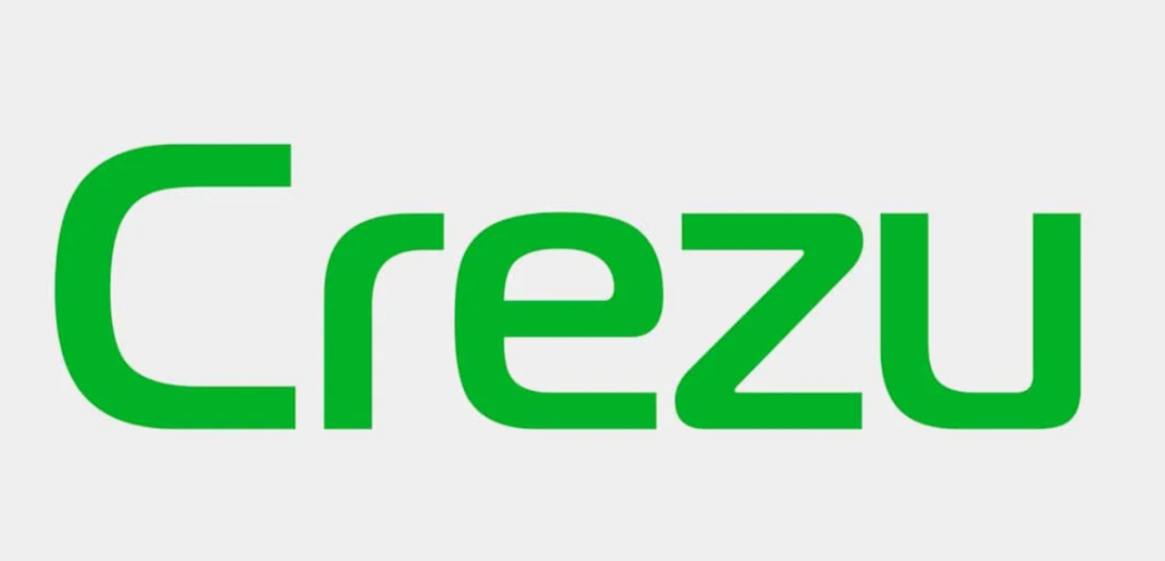
Crezu
Compare loan offers in seconds
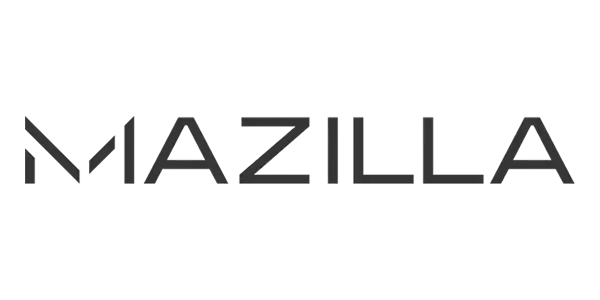
Mazilla
Best rates for fast cash loans

LoanOnline
Get approved in 5 minutes
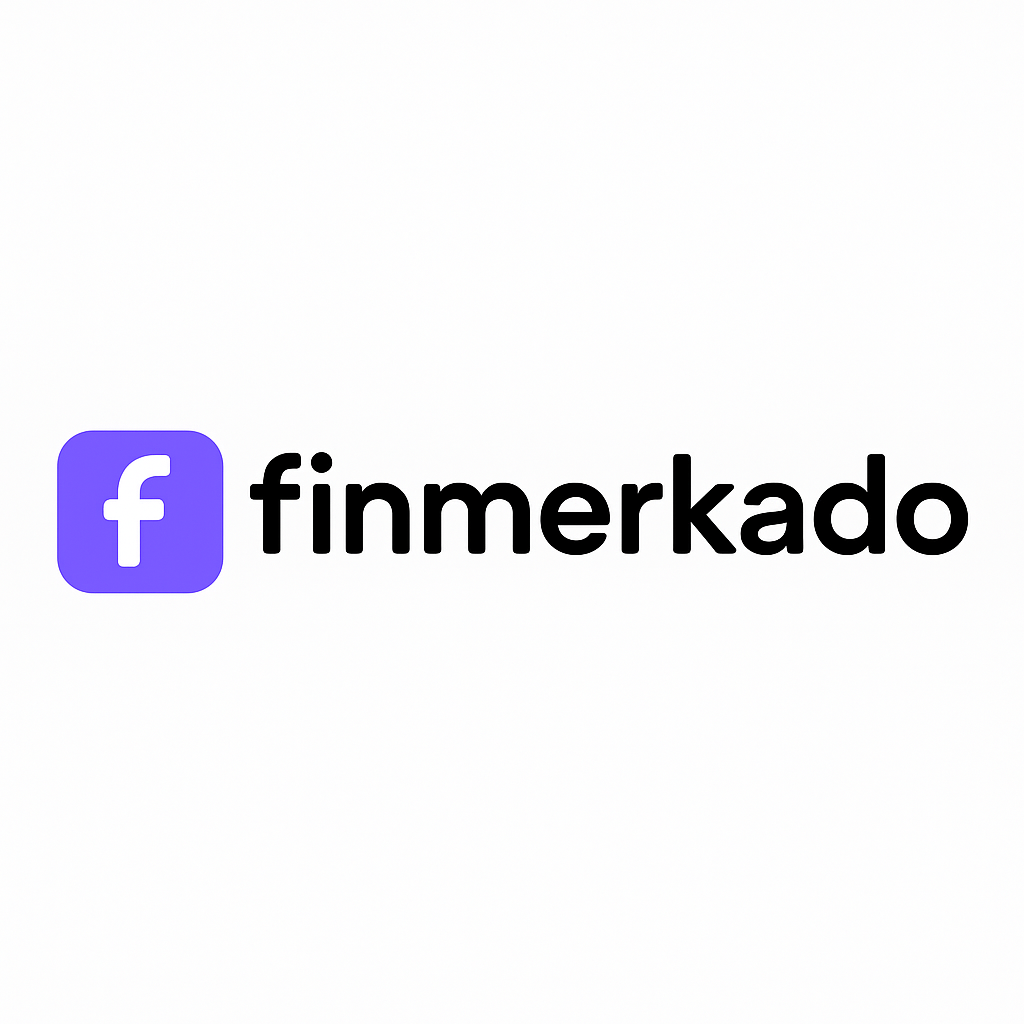
Finmerkado
Loans for any financial goal

Soscredit
Urgent loans up to PHP 25,000

PesoRedee
Small loans without ID required

Cash2GO
Simple and fast online loans
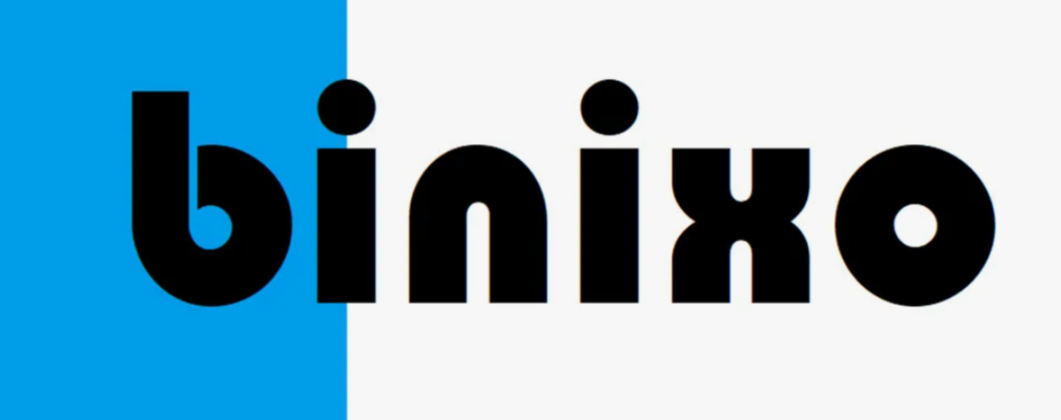
Binixo
24/7 loan app for emergencies
